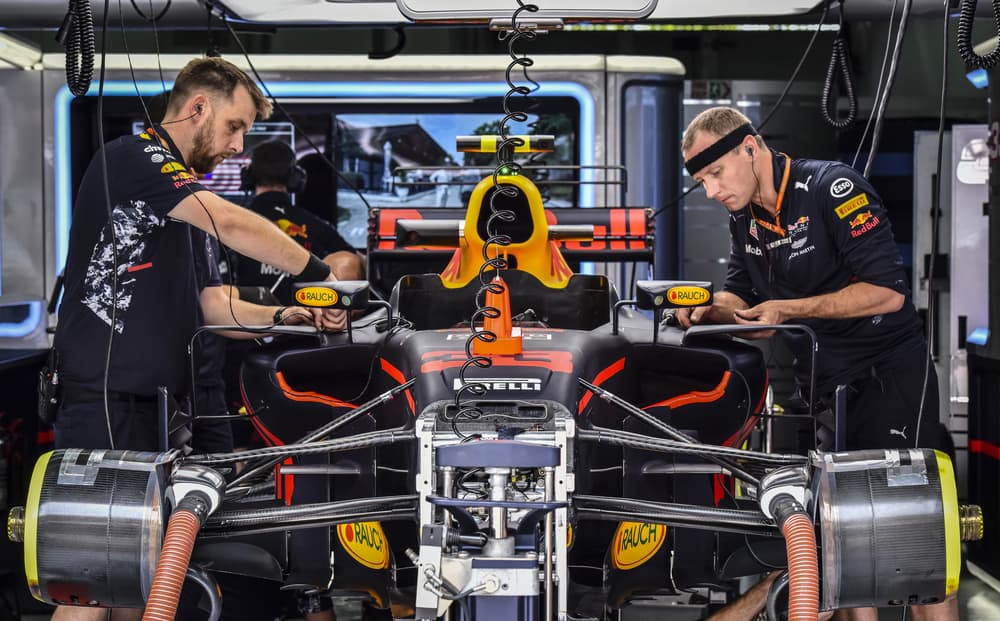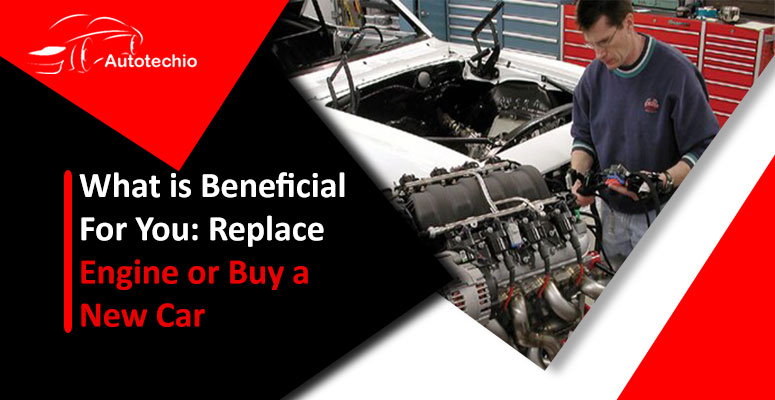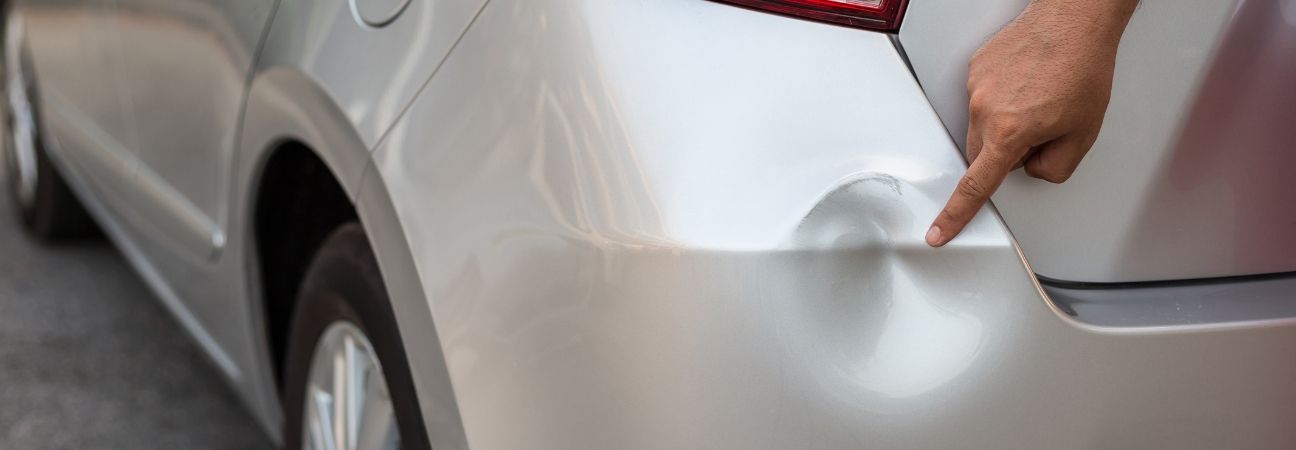
When is it necessary to test fuel injectors? What are the steps? What are the symptoms of injectors not working correctly? What equipment are you going to need? This article will take you through every step in the testing process. Continue reading for more information about how to test your injectors. You will have a better knowledge of your car's fuel system. You will also have a better knowledge of the fuel system.
Test system 100
VeriStand Test System 100 is equipped with an FPGA module which provides waveform measurements of individual cylinder injection drivers. Waveform analysis is possible in real time, which allows the engineer to close the fueling circuit. It also allows engine and platform independence through user-definable XML files. The system can simultaneously collect 20 injector current waveforms at a maximum of 12.5 A.

Methods
There are many ways to test the fuel injectors of a car. Standard Motor Products sponsors a video on the subject, and we'll cover a few of the most common ones. You can test your injectors by listening to them. Each injector produces a clicking sound, which is the result of it opening and closing. The mechanic's toolkit, a long-handled screwdriver and thin hose are all useful tools to listen to injectors and check if they are operating properly.
Signs that there is a problem
A check engine light is an indicator that your fuel injectors are not working properly. Check engine lights are a warning system. If the fuel supply to your vehicle is not functioning properly, it will lighten up. It may flash for a variety of reasons, so you need to always pay attention to the codes that will be displayed on your vehicle's display. These are some tips to help you solve the problem.
Equipment required
There are many methods to test your fuel injectors. A Noid lamp is the simplest diagnostic tool. This diagnostic tool plugs into the wiring harness instead of the injector and provides a visual indication of the electrical signal reaching it. However, you must make sure that the Noid light is connected to the correct injector. These lights are available at any auto parts store. You will need to make sure that you purchase the right set.

Cost
If you're considering upgrading your fuel injectors, you should know the cost of testing them. Your engine might have been modified or the injector could be different. It is essential to find out how the new fuel-injectors will regulate your gas. Advanced injector testing is available at DW Automotive, and this provides the necessary data to optimize your new fuel injectors. The Basic Injector flow Test will give you an indication of how your injectors will perform during service.
FAQ
What length is an automotive mechanic apprenticeship?
It takes approximately three years to complete an automotive mechanic apprenticeship. The apprenticeship includes two years studying at school and two more as an apprentice. The first year of training is spent in the trade. This includes theory and practical skills as well as safety procedures. This year, you will also learn how to safely and efficiently use tools. After the first year, a second year will be spent on-thejob training. This year you'll get experience in different trades. These periods will also give you the chance to take formal courses.
The last year of your program will be spent earning qualifications and becoming certified. These include NVQs or National Vocational Qualifications. These are earned after passing exams that cover specific topics in the industry. You can also get HNCs (Higher National Certificates), that cover subjects such as customer service, business administration, management, and business administration. For those interested in pursuing certain trades, City & Guilds certificates are available.
What can I do to fix my car as an hobby?
It's a great hobby to take on if you are passionate about cars. It is possible to learn about cars, repair them, purchase parts, or simply enjoy them. If you are looking for something more, it would be an excellent hobby.
It's not an easy task to make this a full-time job. This requires dedication and hard work. Also, you will need to put a lot of money into it.
If you don't have any good reasons to be involved in cars, it may be better to just let it go.
What does it take for a mechanic to be a good one?
A mechanic is only an expert if they have years of experience. A professional mechanic will teach you how to fix cars.
You will spend time in a workshop learning everything you can about cars. Mechanical engineering books will be required to learn about mechanics and design.
Furthermore, you'll need to enroll in auto school.
It is important to get started early. It doesn't matter if you're old or not to study automotive technology. If you want to qualify as a mechanic, get started now!
What qualifications are necessary to become a mechanic
You will need to pass several exams in order to become a mechanic. These exams include:
-
A general knowledge test
-
A practical exam
-
An apprenticeship test
These tests are designed to ensure that you understand the basic concepts of mechanical engineering and physics before you start working as a mechanic.
Once you've passed these tests, you'll be eligible to work as a mechanic. However, you'll still need to complete an apprenticeship. This will involve training in the trade.
To learn all you can about vehicle repair, you will need to take classes and workshops. It will be necessary to work alongside experienced mechanics.
To be a successful mechanic, you will need to have a high degree of concentration and attention. Repairs to vehicles require you to pay attention to every detail.
To be a successful mechanic, you will need patience and perseverance. If you don’t like following directions, then this career path may not suit you.
But if you love cars and enjoy fixing them, you could be very happy in this line of work.
Statistics
- Apprentice mechanics earn significantly less hourly than mechanics who have completed training, with a median wage of approximately $14.50 an hour, according to PayScale. (jobhero.com)
- 52% of Mechanics in the United States think their salaries are enough for the cost of living in their area. (indeed.com)
- According to the BLS, total auto technician employment is expected to exceed 705,000 by 2030. (uti.edu)
External Links
How To
How to properly diagnose and repair your vehicle
You should first examine the symptoms your car is showing to determine if it requires repairs. Follow these steps to properly diagnose your vehicle.
-
Check engine lights. The dashboard light indicators, including the engine light, oil pressure gauge, battery light indicator, coolant temperature gauge and RPM gauge, should be checked. You may have a problem with your vehicle if any of the indicators are flashing for more than a few days.
-
Inspect the tire treads. Tires with worn treads could cause problems when handling or braking. Also, inspect the treads of your wheels. They should be clean and smooth. It is best to take off the wheels and remove them. To check the condition of your treads, use a flashlight.
-
Check the level of brake fluid. You must keep track on the level of brake fluid in your vehicle. You can ensure that your brakes are working properly by monitoring the level of brake fluid in your vehicle. Low brake fluid levels could cause your brakes to fail when you apply pressure.
-
Test the suspension system. Most vehicles have a suspension system that absorbs shocks and vibrations. It allows for better control, smooth acceleration, and deceleration. It might feel uncontrollable or wobbly if your vehicle is suffering from a suspension problem. Try putting some weight on your front or rear axle to determine if you have a suspension problem.
-
Examine the steering column. The steering columns are what connect the steering knob to the rest. The steering column can often be damaged by an accident. You should replace the steering column if it is loose or weak.
-
Observe the exhaust pipes. Exhaust pipes move gases from combustion chamber to atmosphere. If the exhaust pipe is damaged or leaks, harmful fumes can enter your cabin. It is also important to repair any bends in your tailpipe immediately.
-
Take a look under your hood. Check under your hood for any unusual or missing components. There could be fluid leaking from your engine. A professional technician should be contacted if your engine compartment emits an unusual smell.
-
Make sure to check the air filter. The air filter in your vehicle collects dirt and dust from the environment. Vehicles that have a dirty air filter will not run well. Replace your air filter regularly.
-
The fan belt should be checked. Your vehicle's fanbel connects the engine and transmission. If the fan belt is damaged, the engine won’t turn. The process of replacing the belt is straightforward. You only need a screwdriver or pliers to replace your belt.
-
The radiator hose and hoses should be checked. The radiatorhose carries water from your radiator to the engine. It can become cracked or damaged and leak hot liquid onto your engine. The hose can be repaired with a pair or needle-nosepliers, and a wire brush.
-
Check the windshield wipers. Windshield wipers use electricity to remove snow and rain. They can leave streaks on your windows glass if they stop working. You can fix the problem by changing the washer fluid.
-
Verify the condition of your battery cables. The battery cables supply power to your car's electrical systems. Make sure you disconnect the negative cable before replacing batteries. Failure to do so can damage your alternator.
-
Be sure to check your headlights. The headlights provide illumination for the road ahead. Bad visibility can be caused by headlights that don't work correctly. To determine if your bulbs are out of date, check them.
-
Always check your lights. When you approach them at night, the lights warn other drivers. One that doesn't work could cause you to be distracted, and possibly lead to an injury.
-
Inspect your brakes. Brakes slow down your vehicle before a collision. You could lose control of the car and cause a crash if they don't work properly.
-
Change the oil. The oil keeps your engine well lubricated. This oil helps to prevent metal parts becoming too worn out. It is recommended that you change your oil at least once per month.